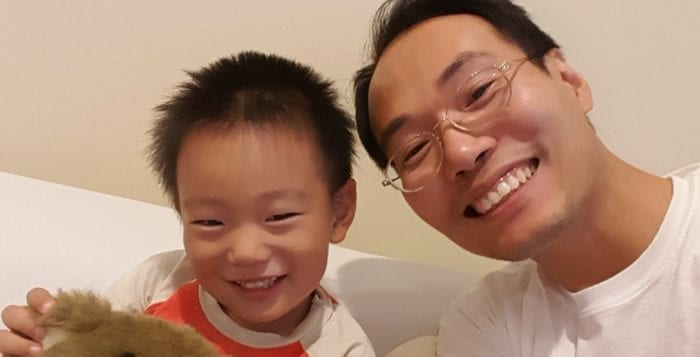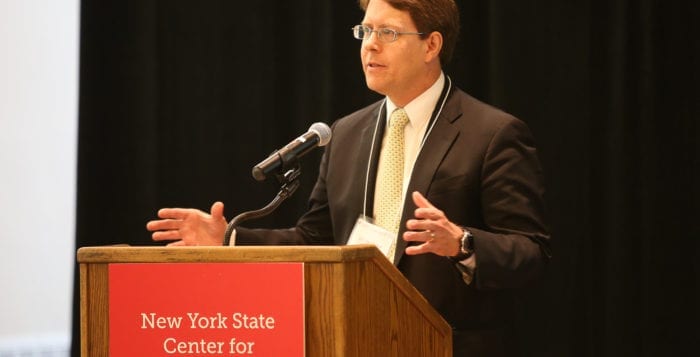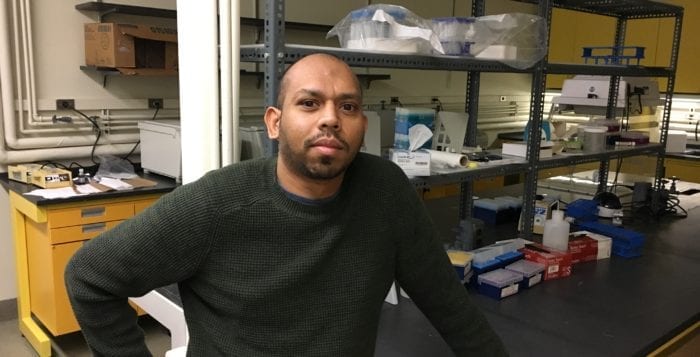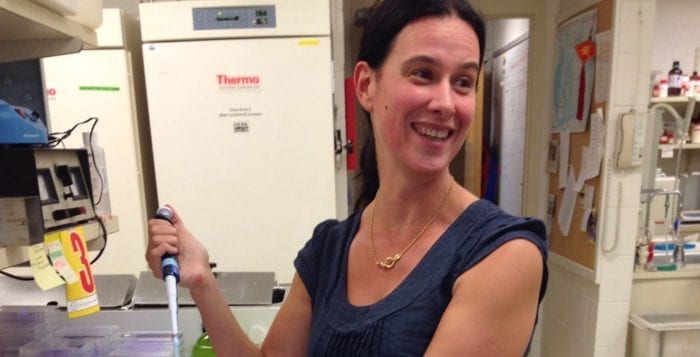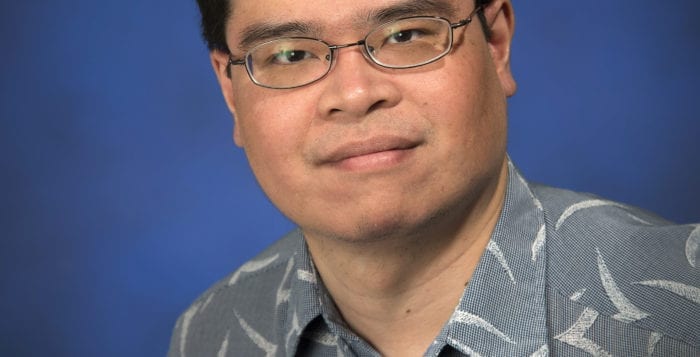Verbs await like a collection of colors, quivering, shaking and jumping on their palettes to define and describe the unfolding scene.
What verbs will we use to describe the future president of the United States, whose name itself can be a verb?
Well, for starters, he tweets. We know that fact through his candidacy and it’s a pattern that continues now that he is assembling a cabinet and as he awaits his turn as president. His tweets represent his direct-to-the-people message, cutting out the middle man of the media. As with pharmaceutical companies that market their products directly to consumers, sometimes Trump’s tweet messages, which crackle like thunderbolts from his fingers, should come with a warning. For example, “Don’t operate heavy equipment while listening to these tweets, which may cause shortness of breath,” or, “If you find yourself shouting approval or disapproval in response to these tweets, try not to read them in church, in a library or any place where shouting could cause a crisis.”
When he communicates with the populace, with American leaders or with foreign leaders, what verbs will fill the canvas?
He often seems to warn, to threaten and to demand. Maybe he believes American greatness starts with a tough president who insists America and its interests go directly to the front of any line.
In recent days, he has weighed in on the discussion about the election, claiming widespread voter fraud prevented him from winning the popular vote “beauty contest.”
Through his tweets, he also leveled attacks against reporters he derides for disagreeing with him.
I get it: As an agent of change, Trump may feel it’s his job not to highlight everything that’s going well with the country or to shout encouragement. That, he may believe, would be like telling a kid who has struck out continuously that he’s having a great game.
Shifting from the visuals of colors on a page to the sounds at a pep rally, will the Trump presidency repeat similar notes with a single tone? Will he continue to castigate, to criticize, to claim and to attack? Those are just a few of the verbs that describe the approach Candidate Trump took on the contentious campaign trail.
At some point, does President Trump become like a strong-willed character in a compelling novel? Will his experiences enable him to make a transition to becoming a president who emits a different tone and who leads to a symphony of greatness that comes from every part of the country?
Will the cajoling, the criticizing and the arguing transition to educating, inspiring and elevating? Yes, I know his approach and policies may help educate more Americans and may help bridge the gap between the testing levels American students reach compared with students in other nations.
Certainly, as Trump demonstrated during his campaign stops, he can and has rallied people. What actions, what verbs, will describe the way Americans and, indeed, people around the world, react to his message? As an agent of change after the polished rhetoric of President Obama, Trump may not want to compete and, indeed, may sprint away from the pontifications his predecessor proffered.
That, however, doesn’t preclude Trump from the kinds of verbs we hope we can employ to fill the pages of the next four years. Will he encourage, empower and reassure Americans about the government that supports, protects and serves them?

